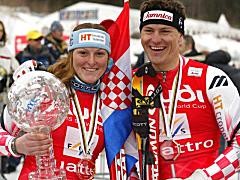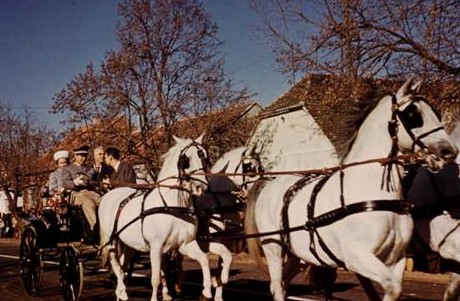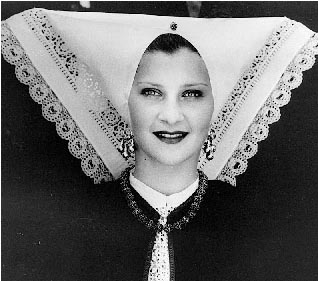| Art |
| Science |
| Latinists |
| Dubrovnik |
CROATIAN GALLERY
| Glagolitic Script |
| Music |
| Croats in BiH |
| Sports |
| Cravate |
| Parachute |
| Pen |
| Psychology |
| Dactyloscopy |
| R. Boskovic |
2005 2006 2007 2008 2009 2010 2011 2012 2013
Pere Tumbas -
Hajo (1891-1967)
a famous tamburitza player
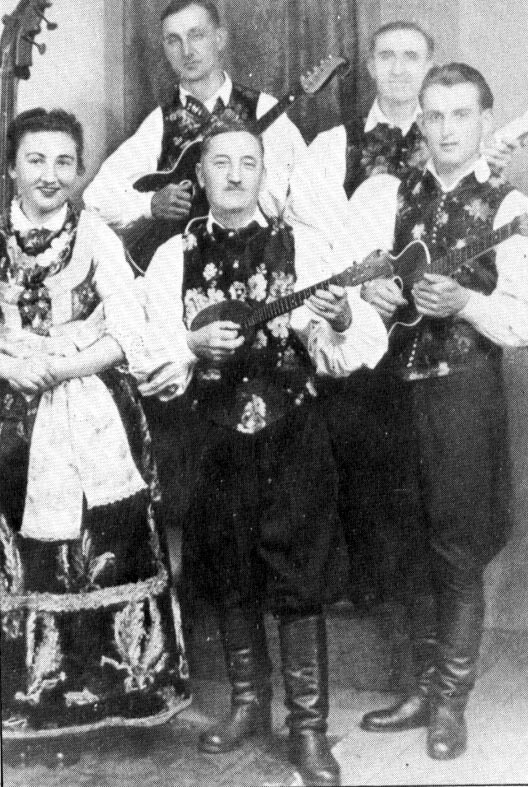
Pere Tumbas Hajo
was very active among Backa Croats in Subotica, which was his
birthplace.
His greatest success was the sensational triumph at the "International
folklore festival"
in Langolen in Wales (Great Britain) in 1952, where his orchestra
won the first prize, among 16 best folklore groups of the world.
An attempt to answer an insinuation of the BBC
Eduard
(Slavoljub) PENKALA (1871-1922)
135 years since the birth of inventor of the mechanical pen
and
fountain pen,
which are bearing his name and now they are in everyday use.
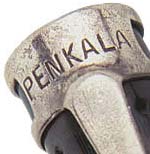
![]()
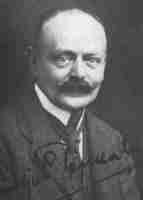
![]()
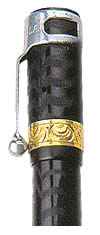
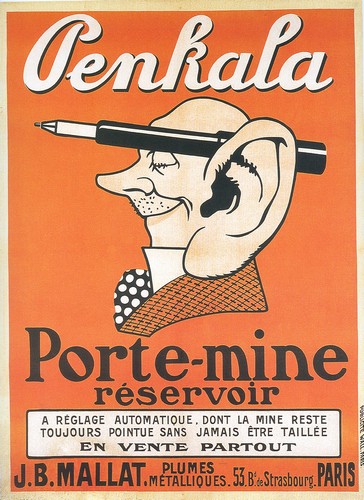
An attempt to answer an insinuation of the BBC
Fender Stratocaster and Croatian tamburitza
Leo
Fender, a famous builder
of rock guitars,
used the shape of a Croatian tamburitza head for his Fender
Stratocaster.
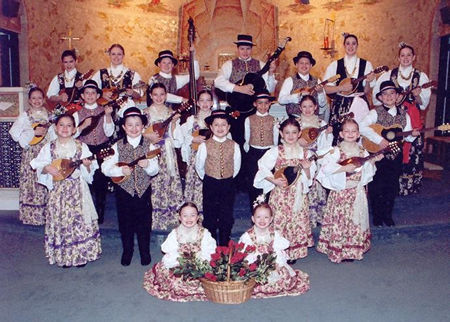
North Hills Junior Tamburitzans, USA
An attempt to answer an insinuation of the BBC
William Feller (1906-1970)
one of the greatest experts in probability theory in history.
He was born and educated in Zagreb, where he started his university
study of mathematics,
a professor at the Universities of Kiel, Copenhagen, Stockholm, Lund,
Providence, Princeton etc.,
a member of many scientific organizations. Many important mathematical
notions bear his name:
Feller's process, Feller's transition function, Feller's semigroup,
Feller's property.
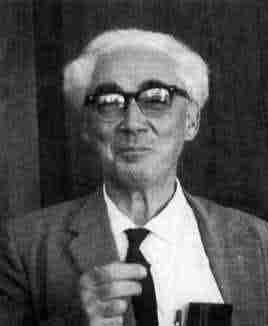
William Feller, 100 years since the birth of outstanding Croatian-American mathematician
An attempt to answer an insinuation of the BBC
Bartol Gyurgieuits (1506 - 1566?)
500
years since the birth of the author
of the first known Croatian -
Latin dictionary,
of the practical Italian -
Arabian - Hebrew - Chaldean
dictionary.
The
Englishman Hugh Goughe wrote "The Ofspringe
of the House of Ottomane" (1570)
which is a translation of Gyurgieuits' book "De origine imperii
Turcorum".
In Goughe's book there is a dialogue in Croatian with a parallel
English translation,
alongside with two prayers in Croatian (Our father and Hail Mary).
Gyugyieuits is called the "first Croatian lexicographer" in the book.
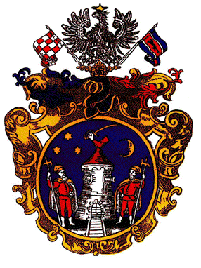 |
Coat of arms
of the
Noble district of Turopolje
from 1737, granted by
King Charles III,
where Bartol
Jurjevic was born
An attempt to answer an insinuation of the BBC
Ivan Lupis Vukic, inventor of torpedo
the production of torpedo had started in 1866 in the Whitehead factory in Rijeka. He was born on the beautiful Peljesac peninsula near Dubrovnik.
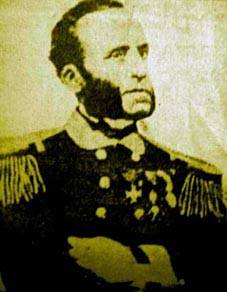
140
years since the construction of the first
torpedo in history
An attempt to answer an insinuation of the BBC
Filip Vezdin
(1748-1806),
200
years since the death
of the pioneer of European indology
Besides
native Croatian
he spoke Latin, Greek, Hebrew, German, Hungarian, Italian, Portugese
and English. As a Carmelitan missionary Vezdin was sent to India in
1776,
where he learned Sanskrit and several Indian dialects.
Vezdin
is the author of Sidharubam
seu
gramatica samscrdamica,
the first printed Sanskrit grammar in Europe, published in 1790 in
Rome.
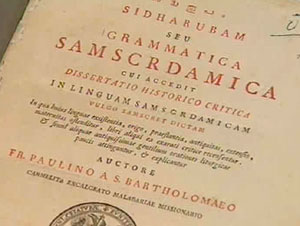
He wrote numerous works on Indian culture, and in addition to Sanskrit also learned Malayalam, the Malabar coastal language, in which he wrote his works as well. At the request of a local ruler, King Rama Varmer of the Travancore, he wrote an English-Portugese-Malayalam grammar. The King, enthuseasted with Vezdin's fluency in Malayalam, asked him to be his teacher of English and Portugese in his palace in Padmanabpuram. Vezdin's works are kept in Rome, Vienna and Uppsala.
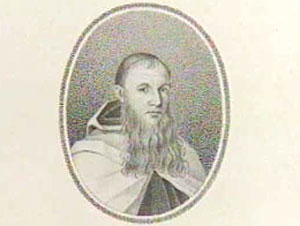
Filip
Vezdin, pioneer of European
indology,
Vezdin's best known work is Systema brahmanicum liturgicum, mythologicum, civile ex monumentis Indicis Musei Borgian Velitris, Rome 1791, dealing with literature, mythology and civil order of brahmanic India, customs and the way of life. His most interesting and most popular work is his travel-book Viaggio alle Indie orientali, Rome 1796. He also published two philological studies about connections between Hungarian and Laponian languages. In 1999 Vezdin's image was carved into the white marble memorial plaque in the City Museum of Trivandrum, the capital of the Indian state of Kerala. He is considered as one of pioneers of European indology.
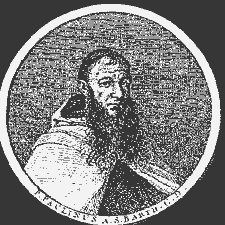
About twenty of his books were published already during his lifetime. Some of them were translated into German, French, English and Swedish. It is therefore no surprise that he was a member of the Royal Academy in Naples, and of the Academy "Dei Volsci" in Velletri and Padova.
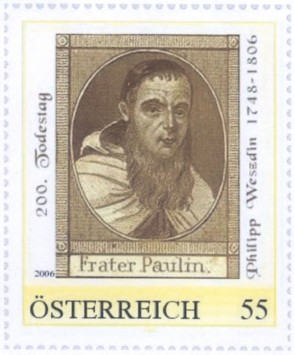
A postage stamp issued by a
Cultural Association, Hof
am Leithaberge, Austria in 2006, commemorating
200 years since Vezdin's death.
Many thanks to Dr Luca Leoni, Velletri.
In 2006 a memorial tablet dedicated to Filip Fezdin was placed in Velletri, a town near Rome, on the building of Museo Borgia (in Via della Trinita), where Vezdin had been working. The tablet mentions his Croatian descent: "Croato del Burgenland". Also, on that occasion an Italian translation of the monograph by Dr. Branko Franolic about Filip Vezdin was promoted in the City Council of Velletri ("Paolino di San Bartolomeo, pioniere dell'indologia nell'Europa di fine Settecento", translated from the English original by Dr Luca Leoni).
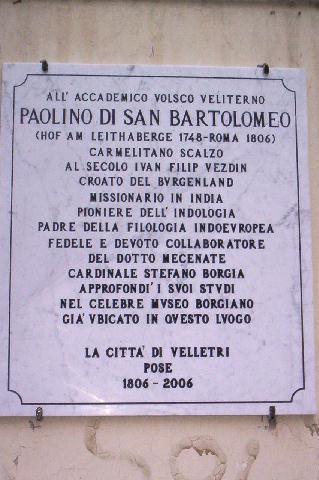
Memorial tablet dedicated to
Filip Vezdin in Velletri, Italy, 2006
Many thanks to Dr Luca Leoni, Velletri, for the photo and his
translation:
|
TO VELLETRI'S VOLSCIAN
ACADEMIC THE CITY OF VELLETRI |
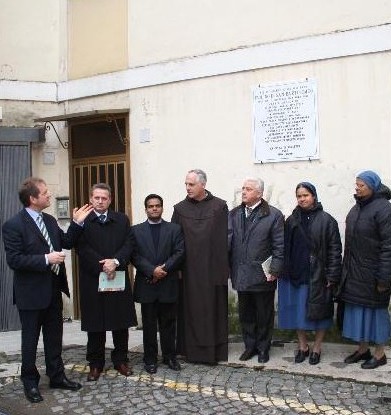
Dr
Luca Leoni (initiator of installing Vezdin's
memorial tablet, and of the Filip Vezdin's Day in Velletri), Dr Viktor
Tadic (Counsellor, Croatian Embassy at the Holy See), Father Paulose
Ikareth and Father Stephen Watson (Carmelites like Filip Vezdin, the
first from Kerala, the second from
U.S.A. and responsible for Culture in their Order), Dr Bruno Cesaroni
(Mayor of Velletri),
Sister Janet (from Madras, India) and Sister Valeriana (from Kerala).
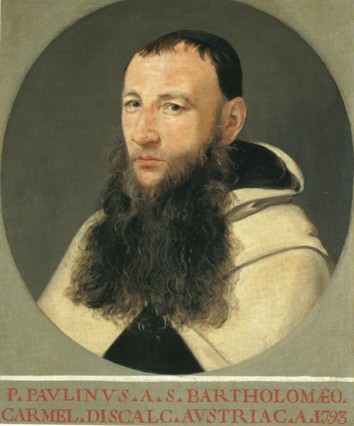
Filip Vezdin, portrait from
1793 probably by J.H. Cabott (1754-1841),
once in cardinal Stefano Borgia's library in "Palazzo Altemps", Rome,
now conserved in "Propaganda Fide", Rome
(many thanks to Dr Luca Leoni, Velletri)
Vezdin's research gave a great impetus to investigation of culture and civilization of India in Europe. In 1999 the following text was written in the Sanskrit, Malayalam, Croatian and English languages on memorial tablet in the City Museum of Tivandrum, capital of the state of Kerale in India:
| Ivan Filip Vezdin, Burgenland Croat, Discalceate Carmelite, with the monastic name Paulin of St. Bartholomew, a missionary in Malabar from 1776 to 1789. The author of the first printed Sanskrit grammar and forerunner of Indian and Indo-European studies to the great honour of his homeland and the Croatian and Indian people. |
| Ivan Filip Vezdin, gradiscanski Hrvat, bosonogi karmelicanin, 1776. - 1789., misionarski je djelovao na Malabaru. Pisac prve tiskane sanskrtske gramatike i preteca indijskih i indoeuropskih studija na veliku cast svojoj domovini te hrvatskom i indijskom narodu. |
In January 2006 a memorial Mass was held by Dr Luca Leoni in honour of Filip Vezdin in the Cathedral of Velletri (near Rome). A memorial mass was also held in Vezdin's birthplace in Austria.
An attempt to answer an insinuation of the BBC
Janica and Ivica Kostelic
Janica Kostelic - one of the greatest sportswoman in the history of skiing
An attempt to answer an insinuation of the BBC
Agabekov SA
a
famous company dealing with exterior lighting
design, founded by Youri Agabekov,
a Croat born in Russia, living in Geneva and in Zagreb.
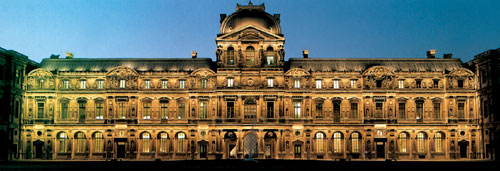
Their
products have been used to cover with
soft lighting such buildings and works of art like
the Vatican, Louvre (see above), Bolshoi Theatre in Moscow, Saint
Michel Bridge in Paris,
Palace of Sponza in Dubrovnik
(see
below), Villa Astra in Lovran (Croatia),
Guernica by P. Picasso in Paris,
Kingston Bridge in London.
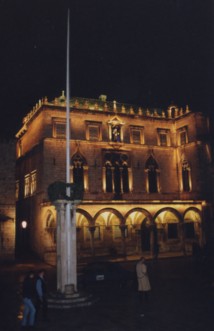
An attempt to answer an insinuation of the BBC
Dr Borislav Arapovic
Croatian humanist,
honorary director of the Biblical institute in Stockholm, Sweden.
Born in Bosnia
and Herzegovina in 1935,
studied in Zagreb, emigrated in 1965 to Sweden.
Founded The Institute for
Translation of The Bible into Languages
of (former) Soviet Union.

In
1996 the Russian Academy of Sciences
conferred him a doctorate honoris causa.
In 1999 he was elected foreign member of the Russian Academy of
Sciences.
For the creation of the Children’s Bible in 1983, Dr.
Arapovic
was awarded
the Leo Tolstoy medal by the Russian Children’s Fund.
He
discovered an amazing pacifist sermon given
in 1778
by an anonymous
Croatian preacher
to Croatian soldiers. The sermon was published
in German
in 1778, in Dutch in
1778 in the Hague,
Amsterdam, and Leeuwarden,
in Swedish
in 1778 in Norrköping, and in 1779 in
Stockholm,
and in Latvian
in Riga - Leipzig in 1804.
An attempt to answer an insinuation of the BBC
Tamara Boros
is
the best ping-pong player in the world among
women of non-Chinese origin.
She is famous for her attractive offensive style.
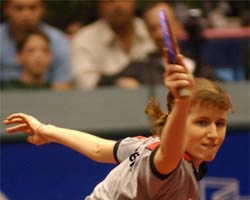
After winning the 2002 TOP 12 European ping-pong competition in Rotterdam she was placed second (!) on the world rank. She won the third place at the World Championship in Paris in 2003, which is the greatest success of Croatian (and European!) table tennis for women.
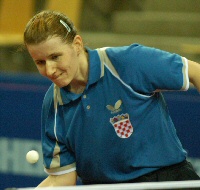
![]()
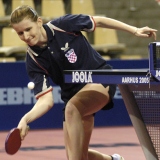
She also won the 2006 Europe TOP 12 competition in Copenhagen.
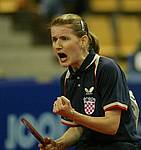
Tamara
is the only one in Europe capable to
cope with ping-pong players from Asia (China, Japan, etc.).
In 2006 she has been invited to China to play table tennis in their
professional league.
Together with Janica Kostelic,
Tamara Boros is
one of the greatest Croatian sportswomen in history.
An attempt to answer an insinuation of the BBC
Croatia - FranceCroatia -
Austria
|

Gift of Grace Kelly, Princess of Monaco, to the King of Dolls
An attempt to answer an insinuation of the BBC
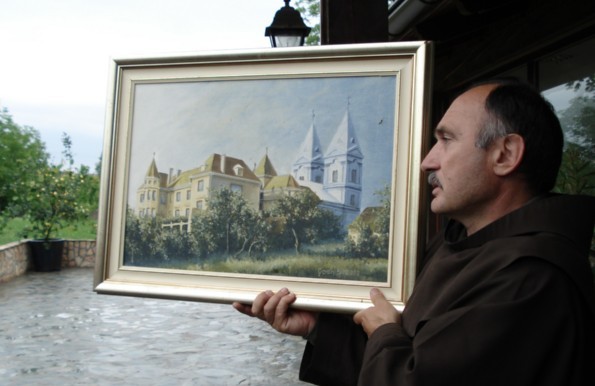
A Bosnian
Franciscan showing important
Franciscan Monastery of Plehan
as it used to be,
completely destroyed in 1992 during the Greater Serbian agression on Bosnia and Herzegovina,
including 800 works of art of the Monastery Gallery (the oldest
artefacts being from the 16the century).
Greater Serbian forces drove a truck with two tons of explosives into
the church and blew it up.
Until
recently, no house with preserved roof
could be seen in the radius of fourty kilometers
around the Plehan Monasteary.
Despite still depressive surrounding, we invite You to visit this
sacred place.
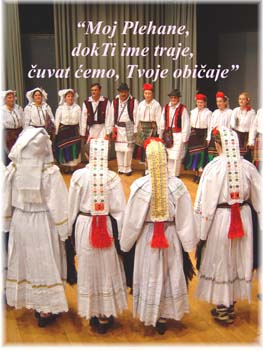
If
You happen to arrive to Plehan, be sure to
find excellent goat cheese there, drinks with medicinal plants,
and other interesting products of local kitchen.
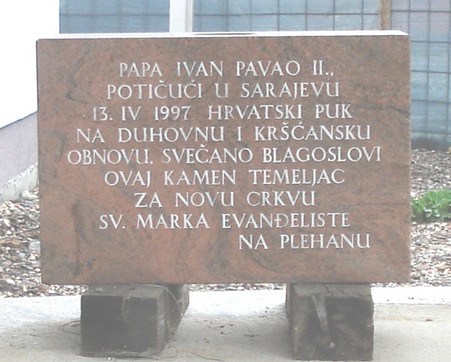
The
founding brick for the new Monastery in
Plehan has been blessed by Pope John Paul II
during his Apostolic visit to the city of Sarajevo, capital of BiH, in
1997.
An attempt to answer an insinuation of the BBC
Nikola Tesla (1856 - 1943)
150 years since his birth in Croatia
Tesla completed his elementary and secondary school education in Croatia - in Gospic and Karlovac.
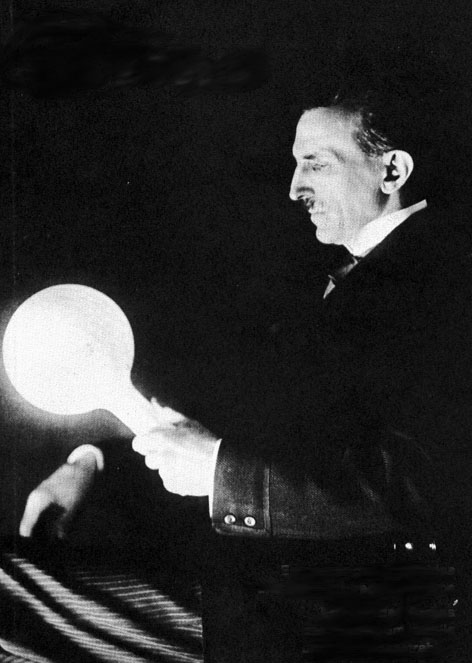
Why
is Nikola Tesla one of the greatest
inventors in history?
For example, no Computer and Internet Technology would be possible
today
without his Alternating Current Technology.
|
When
his mother died, Nikola Tesla paid a
visit to Croatian capital Zagreb in 1892,
|
500 years of the Djakovo stud in Croatia
The Djakovo stud for Lipizzaners existed already in 1506, and is among the oldest in Europe.
It was visited by Queen Elisabeth II, Prince Philip (on the photo) and Princess Margaret in 1972.
Mirko and Stevo Seljan
Mirko (Karlovac 1871-Peru, 1913) and Stevo Seljan (Karlovac 1876-Ouro Preto, Brazil 1936) spent several years in Ethiopia carrying out geomorphological, climatological and ethnographic investigations.
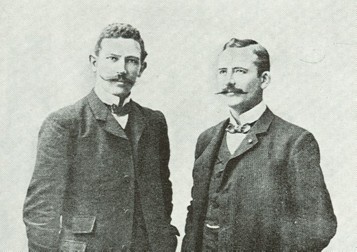
They occupied an important position at the court of Ethiopian Emperor Menelik II. Later they went to South America, where they founded the society La Mission Cientifica Croata Mirko y Stevo Seljan and organized some expeditions, especially in Peru, Chile and Brazil (in the region of the Amazon).
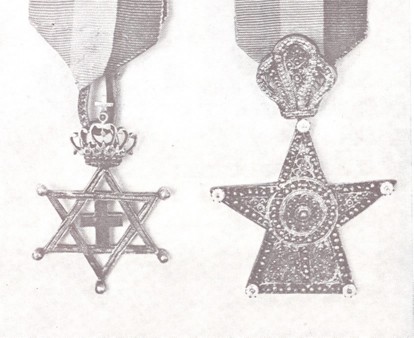
Ethiopian Star and The Solomon's Knight Cross,
decorations awarded by Emperor Menelik II to brothers Seljan
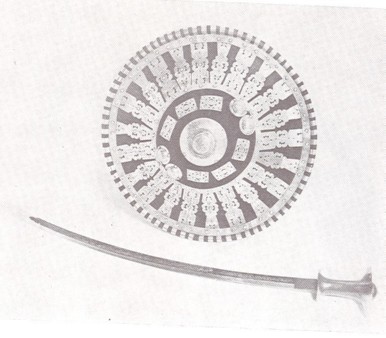
A gift of Emperor Menelik II to Mirko Seljan, with inscription on gold plated sword:
Ethiopia raises its hands to God (in Amharic)
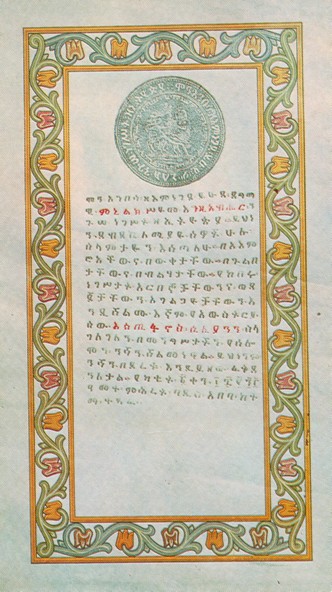
A charter bestowed by Emperor Menelik II to brothers Seljan
with inscription in AmharicTheir most important book is Mirko and Stevo Seljan, El Salto del Guayra, 1905, Buenos Aires. Origianlly written in Croatian, so that it could be printed in the United Kingdom of Croatia, Slavonia, and Dalmatia, it was translated already in 1905 into French. In 1913 Stevo Seljan was elected as a honorary member of the Mexican Geographical Socitey.
The
Storm
military and police operation in
Croatia, August 1995, resulted in
just four few days
in almost complete liberation of Croatia from Greater-Serbian
occupation,
and prevented the human tragedy greater than that of Srebrenica
in the Bihac enclave in Bosnia and Hercegovina
| Message
from the President of the Republic of Croatia Dr. Franjo Tudjman to Croatian citizens of Serbian nationality (August 4, 1995) To the Croatian citizens of Serbian nationality from the occupied areas of Knin, Gracac, Lapac, Korenica, Slunj, Glina, Dvor and Petrinja Since all past attempts, including the negotiations held yesterday in Geneva, of both the Croatian authorities and the international community to achieve a peaceful reintegration of occupied Croatian areas have failed; Since the instigators of the rebellion in Croatia, Martic and others, instead of responding to the call for peaceful reintegration, continue to wage war against the Croatian State, and to plot, together with the ringleaders of the rebellion in Bosnia, Karadzic and others, new schemes for the joint conquest of the Bihac safe haven, which Croatia cannot tolerate; Since the Croatian and Bosnian Serbs are not only preventing the return of displaced persons, but also continue to persecute the non-Serbian population; Since the Serbian extremists, from the very beginnings of the rebellion to the present moment, are invoking the help of the remnants of Italian and Serbian imeprialism; Since the unbridled paramilitary Serbian units continue to wage terrorist attacks against the civillan population from Slavonija to Dalmatia, to shell Croatian regions and cities like Otocac, Gospic and Karlovac, and, even while political talks on peaceful reintegration were under way with the Croatian delegation in Geneva, again shelled the area of Dubrovnik causing new casualties; And since all the attempts of the Croatian State and of the international community to peacefully restore Croatia's sovereignty over parts of Croatian territories alienated by the rebellion have been rejected and flouted, the Croatian State is forced to take police-military steps in order to reintegrate these occupied areas into its constitutional and juridical system. We have been forced to take such a decision in order to put a stop - after four years of futile negotiations - to further flouting of the Croatian and international public, and in order to secure the start of displaced persons return to their homes. Therefore, on behalf of the democratic authorities of Croatia: I call upon the members of Serbian paramilitary units who have been mobilized into such units of their own free will or by force to surrender their weapons to the Croatian authorities, with the guarantee that they will be granted amnesty pursuant to Croatian laws; I call upon the initiators of the rebellion to understand te futility of their endeavour and its detrimental effect on the Serbian community in Croatia should they persist with their rebellion, to surrender to the Croatian authorities and to accept pardon or a fair trial for their offences; I call upon the Croatian citizens of Serbian nationality who have not taken active part in the rebellion to stay in their homes and, without fear for their life and property, await Croatian authorities, with the guarantee that they will be granted all civil rights, and that elections will be held for local self-government pursuant to the Croatian Constitution and Constitutional Law with the presence of international observers; I call upon the representatives of Serbia and Montenegro (and their FR Yugoslavia) to stop supporting the extremists in the occupied Croatian areas, as also manifested during the talks held yesterday in Geneva, in which the Yugoslav charge d'affaires also took part, and at which the Croatian Serbs refused to accept the peaceful reintegration of the occupied areas. That would have been the first step towards the overall solution of Croato-Serbian relations throughout the sphere of interest of both neighbouring peoples, and towards the normalization of relations based on mutual recognition. We are determined to put an end to the suffering and uncertainty of Croatian displaced persons from the occupied areas, and to guarantee to the Croatian Serbs human and ethnic rights within the constitutional and legal order of democratic Croatia. Zagreb, August 4,
1995. |
This
text has been repeated by the Croatian
Radio continously each hour during the whole day
of August 4, 2005, and published by all printed media.
This
important historical document has been
removed without any explanation
from the offiicial presidential
web pages of the new president
S. Mesic in January 2000,
immediately after the elections and soon after the death
of the former president F. Tudjman in 1999,
as if he has never existed.
Many thanks to Professor
Ivo Soljacic, transferring information provided by Mario
Profaca,
former webmaster of Tudjman's official presidential web-site,
completely removed in January 2000.
The
official flower of the Republic of Croatia
is Iris
(perunika
in Croatian).
You can see Iris Croatica,
photo from the Botanical Garden, Zagreb:

The
Reims Evangelistary, or The Coronation
Book,
a Croatian glagolitic book written in 1395 in Prague, Czechia,
kept in Reims in France since the 16th century
(Evengelier de Reims, ou Livre de Coronation)
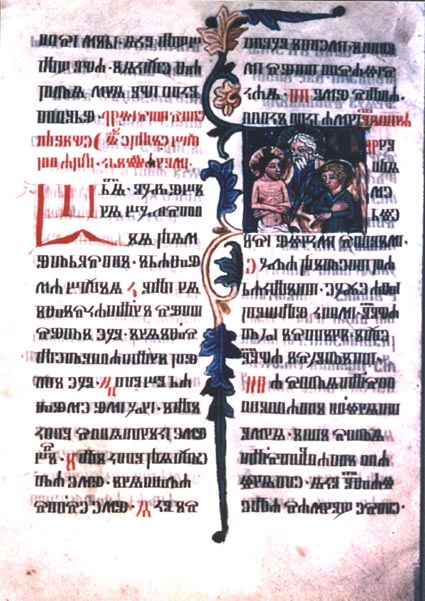
| If you visit an important Czech benedictine convent of Sazava (now museum) built in 11th century, 60 km from Prague, then you will have opportunity to see a room dedicated to the activities of Croatian benedictines in Prague in the 14th century. There we can read that the Évangelier de Reims (or Texte du Sacre, or Livre de Coronation, written by Croatian monks in Prague in 1395), was a book with which for centuries French kings were sworn in. One of them was Louis XIVth. |

Mirko Filipovic - Cro Cop, winner of the 2006 PRIDE competition in Tokyo
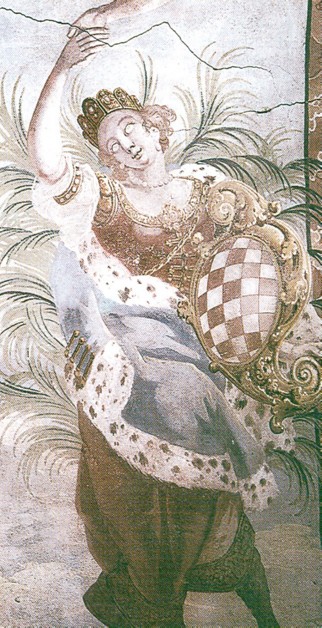
Croatian
Coat of Arms
in the Baroque church of St Martin Bishop, Donja Voca; mural by Ivan
Ranger, 18th century
550
years since the
Vrbnik
I Glagolitic Missal, 1556
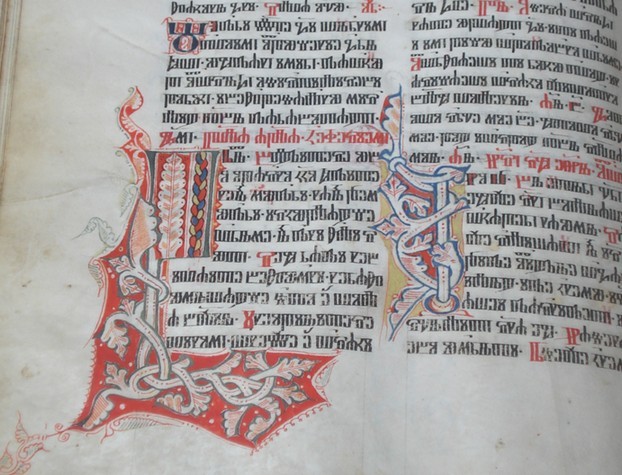
75
years since an appeal
of
Albert Einstein and Heinrich Mann
to the League of Nations on the occasion of the murder
of Croatian scholar Dr Milan Sufflay in Zagreb, Croatia
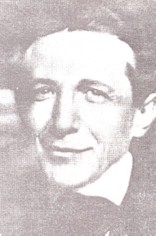
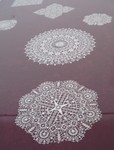  |
CROATIAN LACE
| Nikola Tesla |
| Moho layer |
| Torpedo |
| Schwarz airship |
| Propeller |
| California |
| Dreams |
| Acknowledgements |
| King of Dolls |
| Kristian Krekovic |

